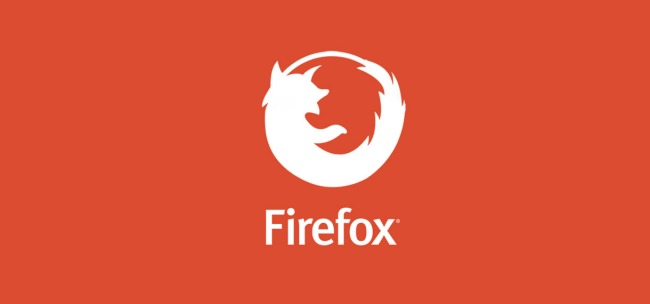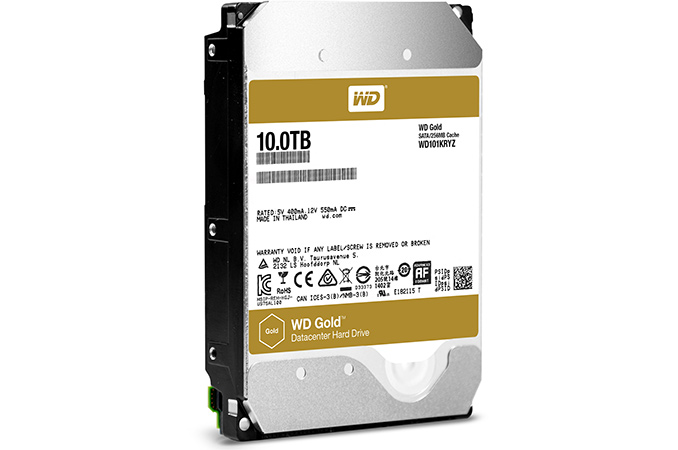Just a pity they are not paying tax
The US economy might be being propped up by the success of technology heavyweights.
Apparently the only reason the US is not seeing an earnings recession is because the likes of Google, Microsoft, IBM, Facebook etc are hitting the targets Wall Street want.
Technology is the only sector showing improved third-quarter analyst expectations. They seem unaffected by the slower global growth and the strength of the US dollar, which has gutted everyone else.
Technology profits were the biggest contributor to S&P 500 earnings after financials, are now seen growing 3.1 percent in the third quarter, up from the 2.4 percent growth predicted a month ago.
It is curious really because while these companies prop up Wall Street expectations the effect on the rest of the world is pretty illusionary. They generate a lot of money, but a big chunk of it is sat in cash piles off-shore to avoid paying tax. So while the results are good for Wall Street balances they are not changing the life of the American economy at all.
Autore: Fudzilla.com – Home








